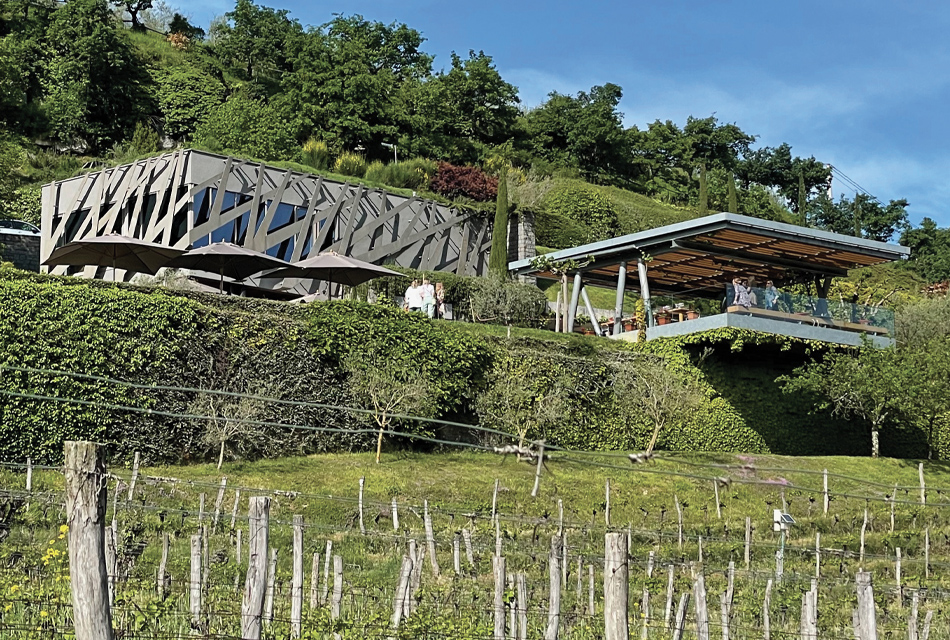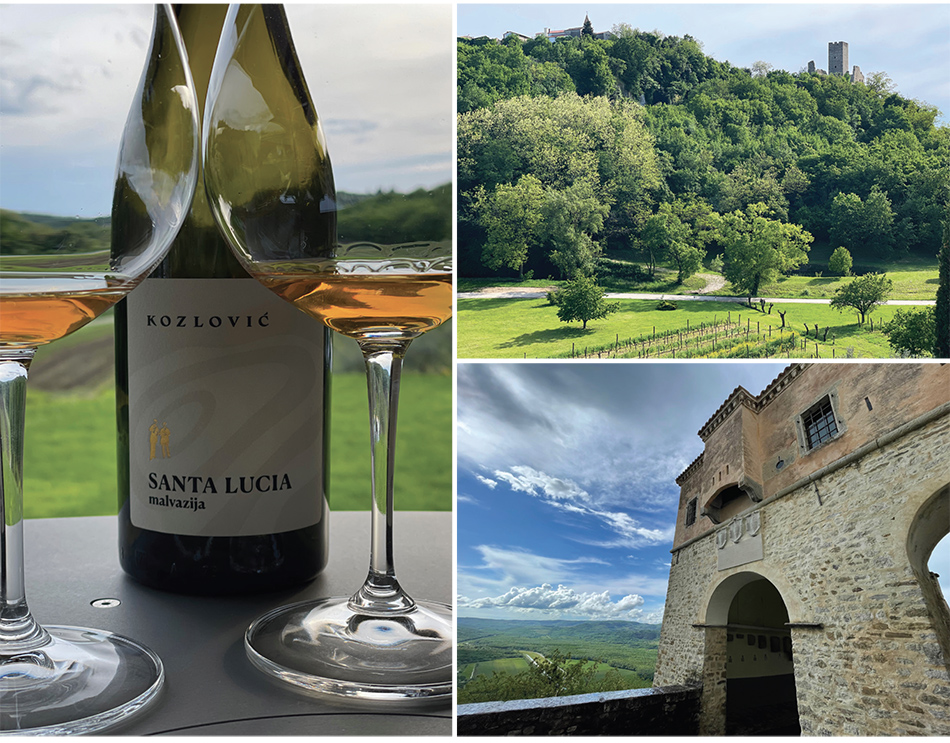
The small vineyards of Istria, located in the northwest of Croatia, are asserting their winemaking potential. Some hidden gems, particularly in white wines, are already testaments to this. Let's take a closer look at this Croatian Tuscany.
The Croatian vineyard is managed by 1,575 producers, including 336 winemakers owning more than 5 hectares. In their 17,600 hectares of vineyards, this country produced 525,751 hectoliters of wine (in 2002). White wine is predominant, representing 76%. Red wine accounts for 21%, and rosé for 3%. In Istria, in this appropriately named little Croatian Tuscany, surrounded by the Adriatic Sea, 3,010 hectares of vineyards flourish in a Mediterranean climate. As emphasized by the English Master of Wine, Caroline Gilby:
This is largely due to the impetus and cooperation of winemakers who founded the Vinistra association in 1994. Today, it brings together the majority of representatives with over 120 members. As its founder, Livio Benvenuti, winemaker of the eponymous domain, points out: “Our goal is to improve and develop viticulture and winemaking in Istria to become, by 2030, the top wine region in Croatia”.
The star here is an indigenous grape variety, generically referred to as Malvasia, and specifically as Malvasia Istriana. It is an integral part of the region's identity and typically accounts for 70% of the vineyard plantings.
These white wines offer very different aromatics depending on their vinification. The fresh Malvasia, which is unoaked, is lively, crisp, and saline. They are perfect for aperitifs and pair well with seafood. Those aged in barrels, known as Aged Malvasia, offer more complexity, with floral and yellow fruit notes. For example, the 2017 Santa Lucia cuvée from Kozlovic, one of the flagship estates of the region.
Malvasia is also used for orange wines, sweet wines, and even sparkling wines.

In red wines, the indigenous king grape is Teran. Cultivated on the Istrian Peninsula for over 600 years, it once covered over 80% of the vineyard area in the 19th century. Today, it only occupies 250 hectares. Its character may seem a bit austere, but it is also capable of delivering lovely aromas of red and black fruits, with peppery notes. Take, for instance, the 2019 Teran cuvée from the Livio Benvenuti estate, sourced from a terroir of flysch and clay, situated at 330 meters above sea level and aged in barrels for 2 years.
The other red grape varieties in the region include the indigenous Refošk, as well as the international varieties Merlot and Cabernet Sauvignon.
Istria has been part of the Austro-Hungarian Empire, Italy, Yugoslavia, and eventually Croatia. This blend of influences explains why, according to one observer, “its inhabitants primarily see themselves as Istrians rather than Croats, Slovenes, or Italians. Istrian identity is very clear and strongly reflected in the wines produced here”.
Anne Schoendoerffer